10 nuclear energy wins in 2021 that are setting the stage for one of the most transformative times ever for the industry.
December 29, 20212021 was a BIG year for nuclear energy as the nation continues to cope with the COVID-19 pandemic.
Energy use is back on the rise and the global appetite for cleaner energy is higher than ever before.
Nuclear is expected to play a big role in helping the U.S. transition to a net-zero economy by 2050—and the Biden Administration is investing billions to make that happen.
The U.S. Department of Energy (DOE) spent a record $1.3 billion to support nuclear energy research in 2021 and is receiving billions more through the Bipartisan Infrastructure Law to support the current U.S. reactor fleet and help deploy new advanced reactor designs within the decade.
Here are the 10 biggest wins for nuclear in 2021, setting the stage for what will be one of the most transformative times in history for the industry.
1. Investing in the current nuclear fleet
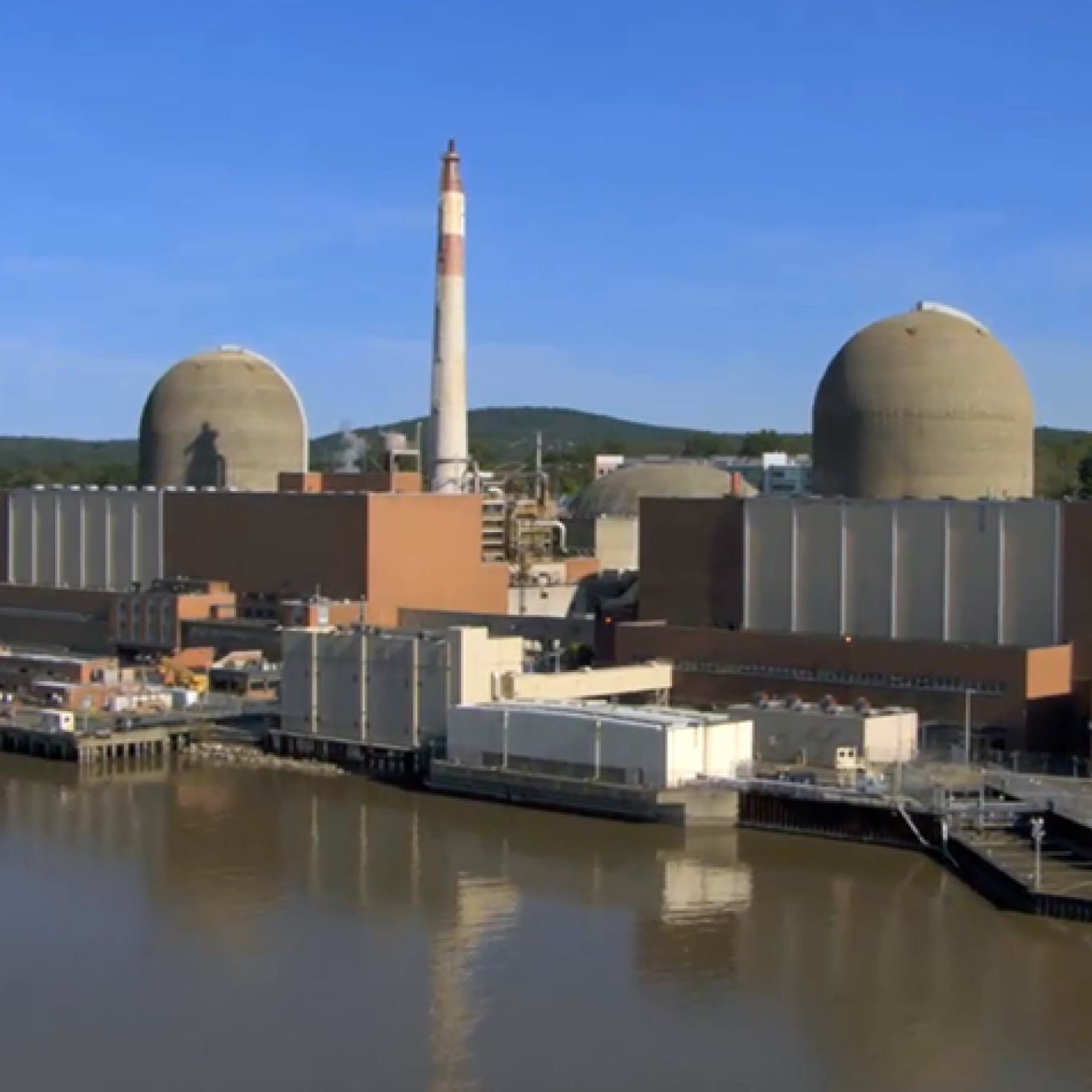
Indian Point Energy Center
Nuclear power currently makes up more than half of the nation’s carbon-free electricity and the premature closure of existing nuclear power plants would set the U.S. back significantly in meeting our decarbonization goals. That’s why the Bipartisan Infrastructure Legislation includes $6 billion to establish a new Civil Nuclear Credit program to help keep the nation’s existing reactor fleet operating safely as long as technically possible. Through the new program, owners or operators of commercial U.S. reactors can apply for certification and competitively bid on credits to help support their continued operations, avoid premature retirement due to financial hardship, and preserve thousands of good-paying clean energy jobs across the country.
2. Advanced Reactor Demonstrations
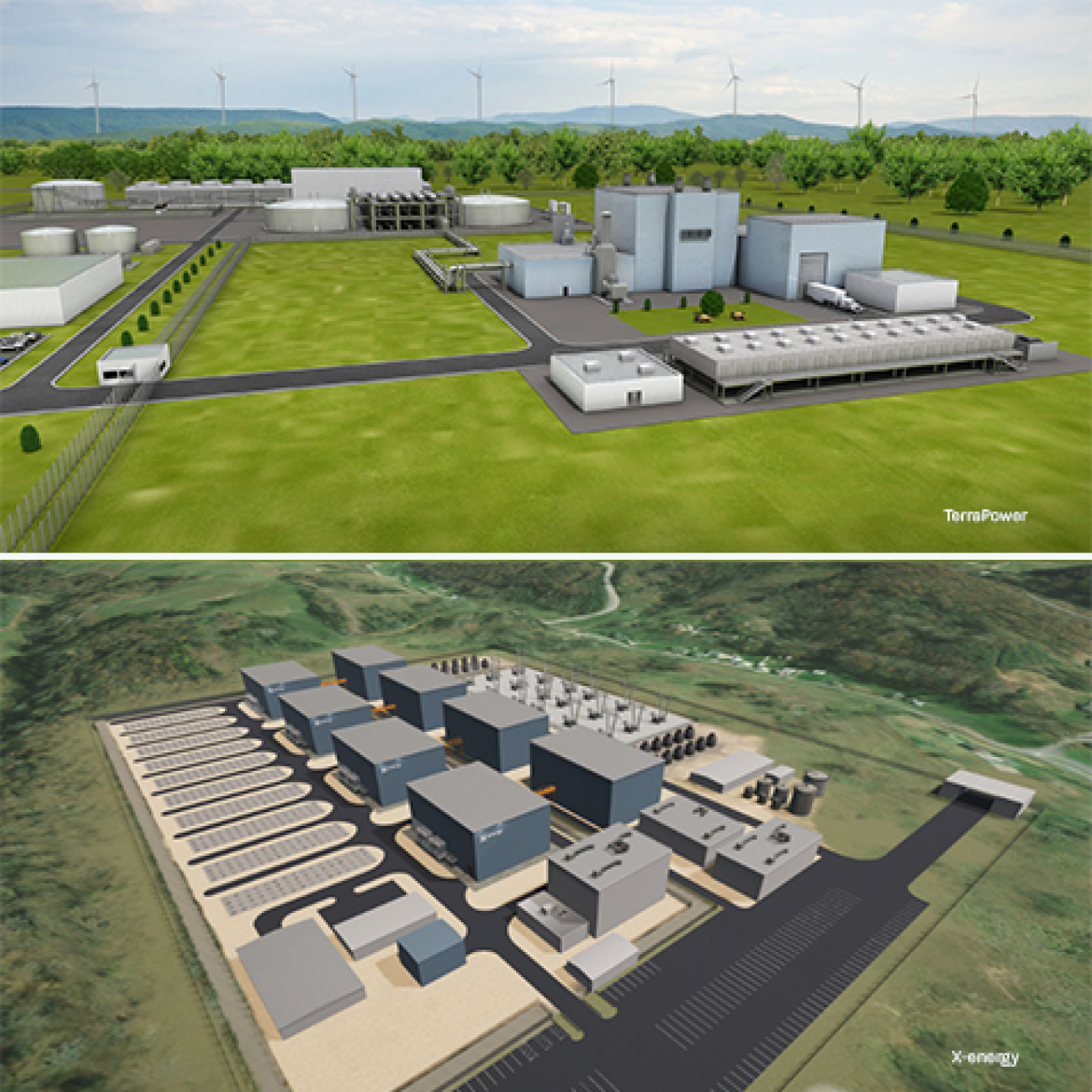
Renderings of TerraPower and X-energy advanced reactor power plants.
The U.S. is moving forward with advanced nuclear demonstration projects that will expand access to clean energy and provide new job opportunities in two Western states.
X-energy is planning to site its four-unit Xe-100 reactor power plant at the Hanford site near Richland, Washington, while TerraPower will leverage the existing infrastructure and workforce at a retiring coal facility in Kemmerer, Wyoming, to build its Natrium reactor. Both projects are on accelerated timelines to demonstrate their concepts by 2028 and the Bipartisan Infrastructure Bill includes $2.5 billion to support the demonstration of both designs, which will be carried out under the recently established Office of Clean Energy Demonstrations at DOE.
3. Fueling Future Reactors

DOE recently announced plans to establish a High-Assay Low-Enriched Uranium (HALEU) Availability program to directly address a pressing fuel need by the U.S. nuclear industry. DOE’s demonstration reactors will require nearly 40 metric tons of HALEU by 2030 and the Nuclear Energy Institute estimates nearly 3,000 metric tons of HALEU will be needed by 2035 to support the demonstration and commercial deployment of advanced reactors. HALEU fuel is required by a majority of the advanced reactors under development in the United States and is not currently available at commercial scale from domestic suppliers. DOE is now seeking feedback to help develop the program that could start in 2022, pending congressional appropriations.
4. Restarting Consent-Based Siting Program
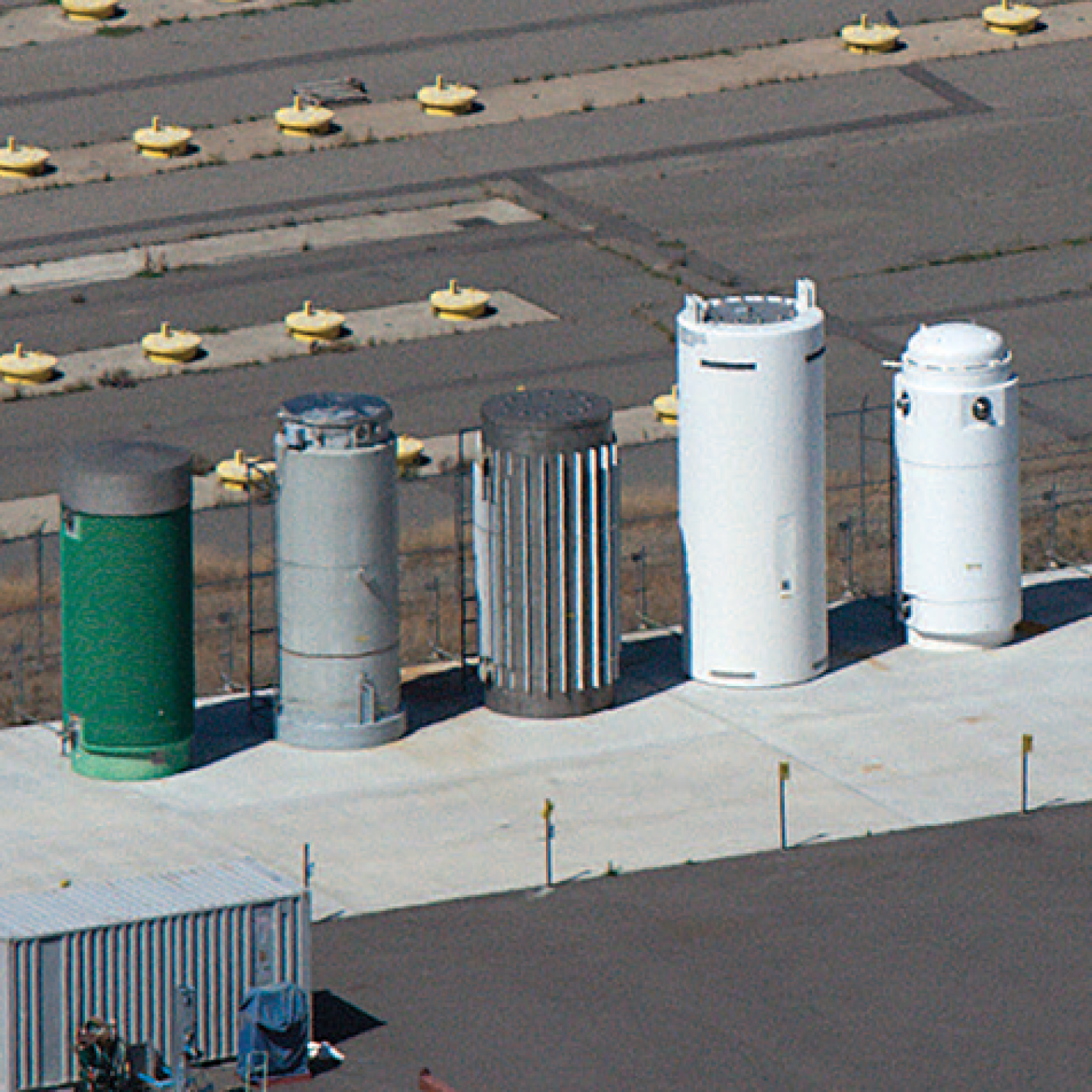
DOE is seeking feedback on using a consent-based siting process to identify sites to store the nation’s spent nuclear fuel. DOE will use feedback from the public to develop the Department’s overall waste management strategy and make communities and people central in the process of identifying potential federal interim storage sites across the country. DOE plans to update its consent-based siting approach and issue a funding opportunity in 2022.
5. First Complete Accident Tolerant Fuel Assembly Installed at U.S. Reactor
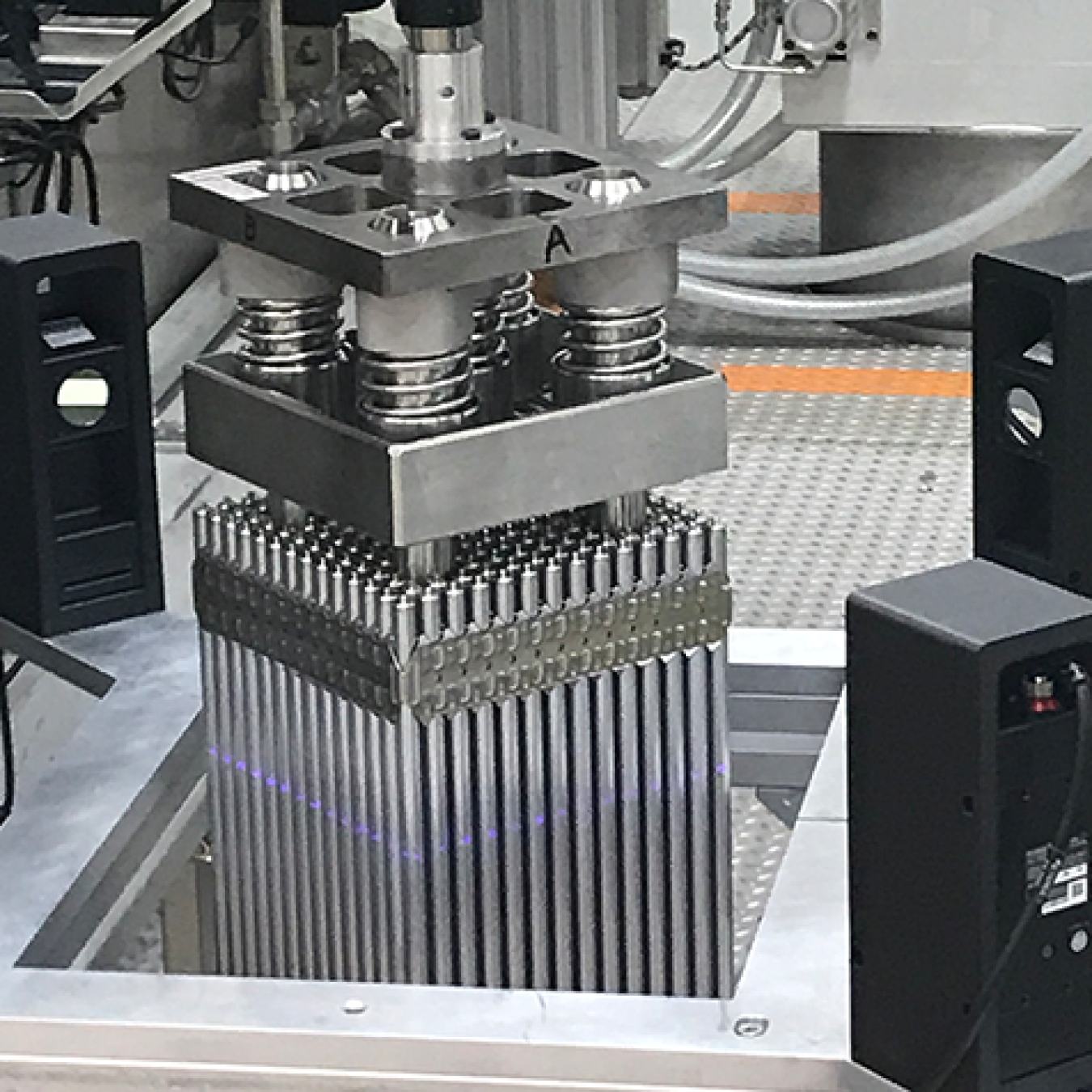
Framatome’s first complete accident tolerant fuel assembly was recently installed at the Calvert Cliffs Nuclear Power Plant in Maryland. The fuel assembly is the industry’s first of its kind to be inserted into a commercial reactor and was developed through DOE’s Accident Tolerant Fuel Program. The new fuel prototype is expected to reduce corrosion and hydrogen production under high-temperature conditions and will operate in the reactor for the next four to six years as the team monitors its performance with routine inspections.
6. First 3D-Printed Safety Brackets in Operation

3D-printed channel fasteners for Framatome’s boiling water reactor fuel assembly.
Tennessee Valley Authority (TVA) installed four 3D-printed fuel assembly brackets this year at its Browns Ferry nuclear power plant in Alabama. The brackets were additively manufactured at Oak Ridge National Laboratory using a micro-welding process. The lab also provided TVA and the utility’s fuel supplier, Framatome, with the digital data captured during the manufacturing process that can be used to certify the quality of the brackets. The channel fasteners are the first safety-related 3D-printed components ever placed in a commercial reactor.
7. Exelon to Modernize Limerick Generating Station Control Room
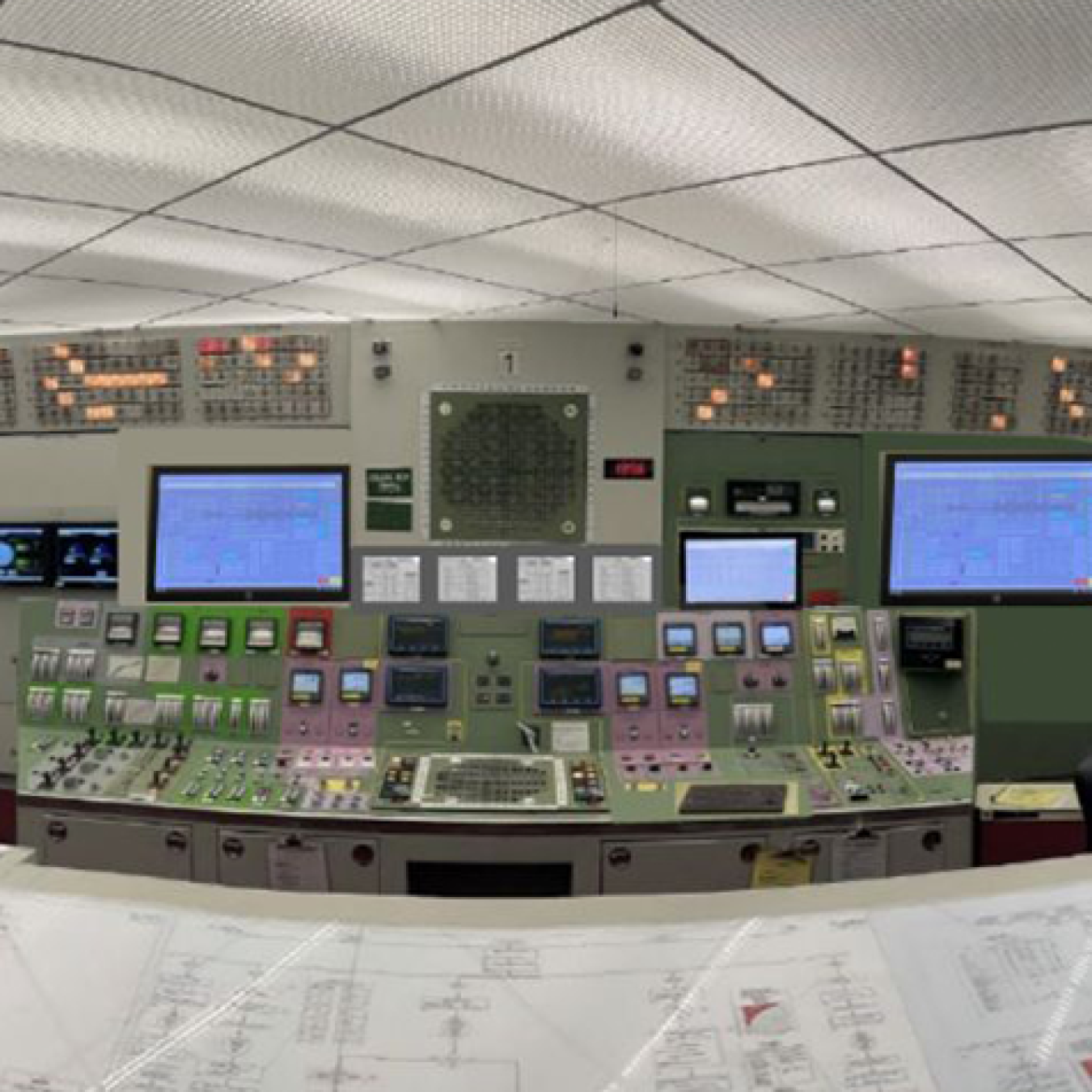
Upgraded digital control room concept.
DOE is teaming up with Exelon Nuclear to complete the industry’s first fully digital safety system upgrade at the Limerick Generating Station in Pennsylvania. Over the next five years, the $92 million cost-shared project will enable automation, decrease system interruptions, and improve plant performance. Results of this effort can be applied to other U.S. boiling water reactors in operation, which make up about a third of the nation’s existing nuclear fleet.
8. Demonstrating Clean Hydrogen Production
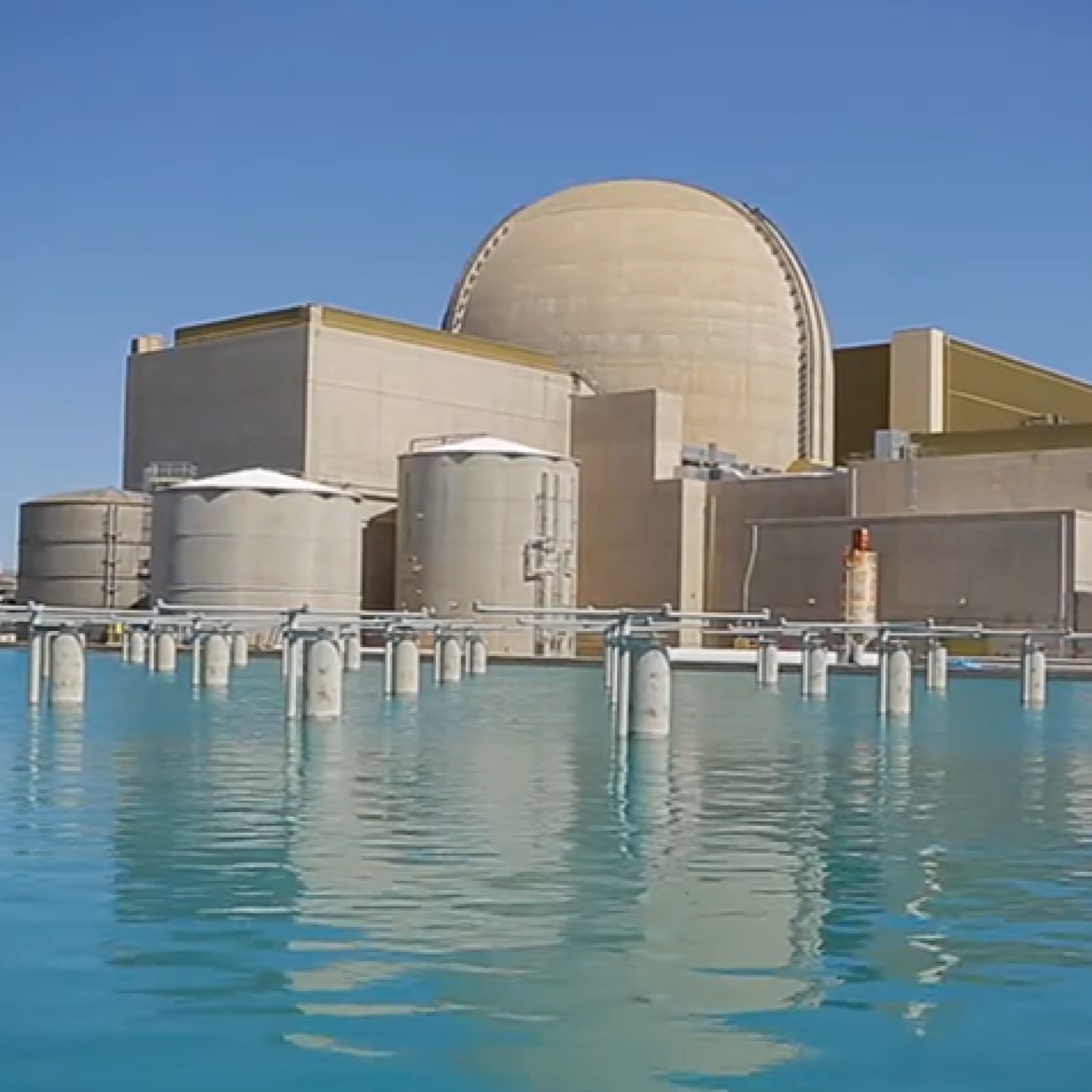
Palo Verde Generating Station.
DOE is exploring the production of clean hydrogen at the Palo Verde Generating Station in Phoenix, Arizona—the largest power plant in the United States. The more than $80 million demonstration project, led by PNW Hydrogen, will produce six tonnes of stored hydrogen that can be used to produce approximately 200 MWh electricity during times of high demand or to make chemicals and other fuels. The project supports the Department’s Hydrogen Shot goal to reduce the cost of hydrogen to $1 per 1 kilogram in one decade, and is one of four hydrogen demonstration projects that will take place at commercial nuclear power plants across the country.
9. Supporting Moon to Mars
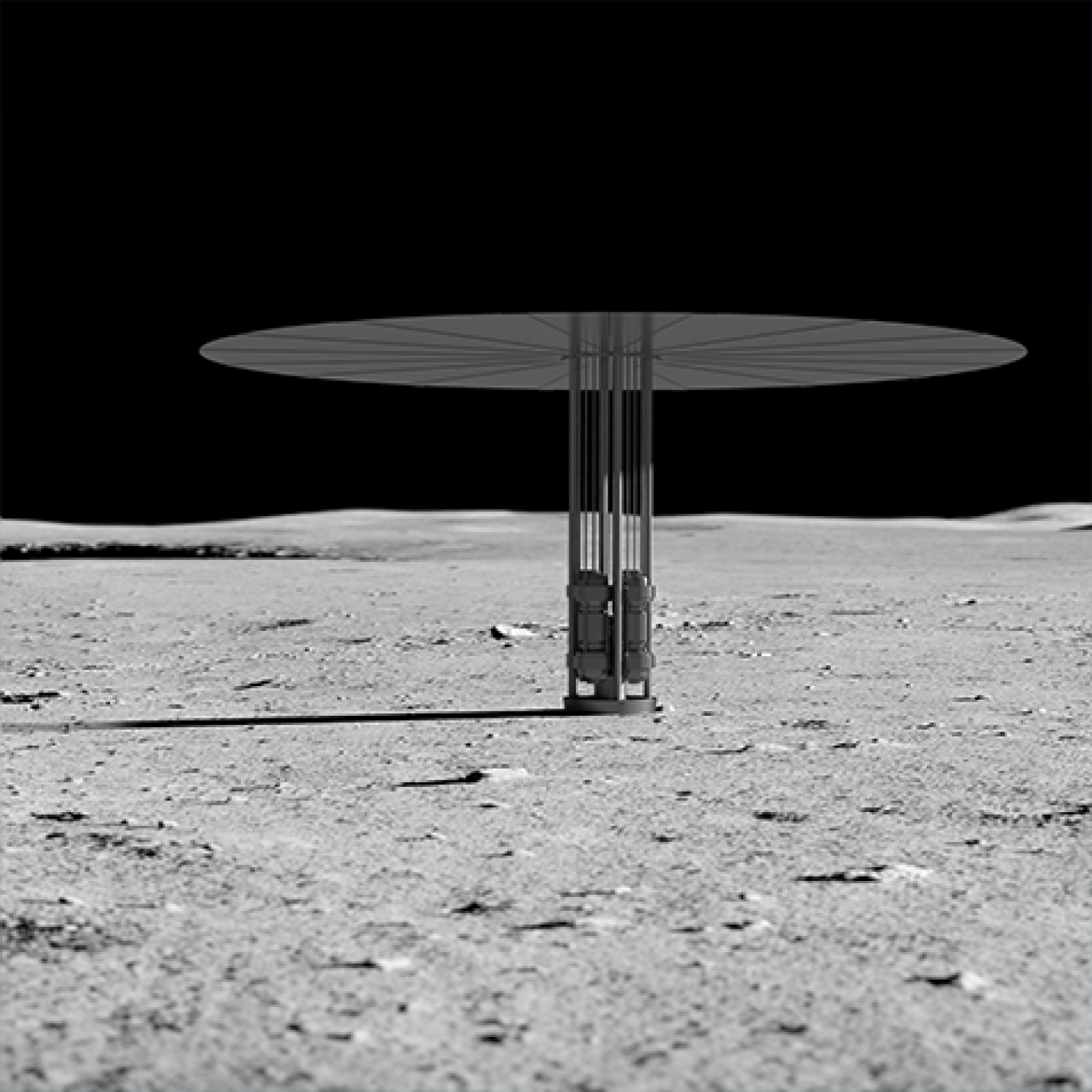
The Department supported several engagements with industry partners under NASA’s Moon to Mars initiative to develop and demonstrate technologies on the lunar surface that will help prepare astronauts for future missions on Mars. DOE and NASA awarded roughly $15 million to three teams to further develop nuclear thermal propulsion system concepts; awarded $3 million to Aerojet Rocketdyne for the initial phase to develop more efficient dynamic radioisotope power systems (RPS); and is seeking proposals on design concepts to demonstrate a nuclear power reactor for the lunar surface.
The federal agencies also scaled-up plutonium production at both the Advanced Test Reactor (ATR) at Idaho National Laboratory and the High Flux Isotope Reactor at Oak Ridge National Laboratory allowing for more flexibility in leveraging RPS technology in future deep space missions. ATR is currently undergoing a major overhaul at INL to help support future nuclear energy R&D work. The world’s largest test reactor should complete its sixth core internals changeout in February 2022.
10. Strengthening International Partnerships
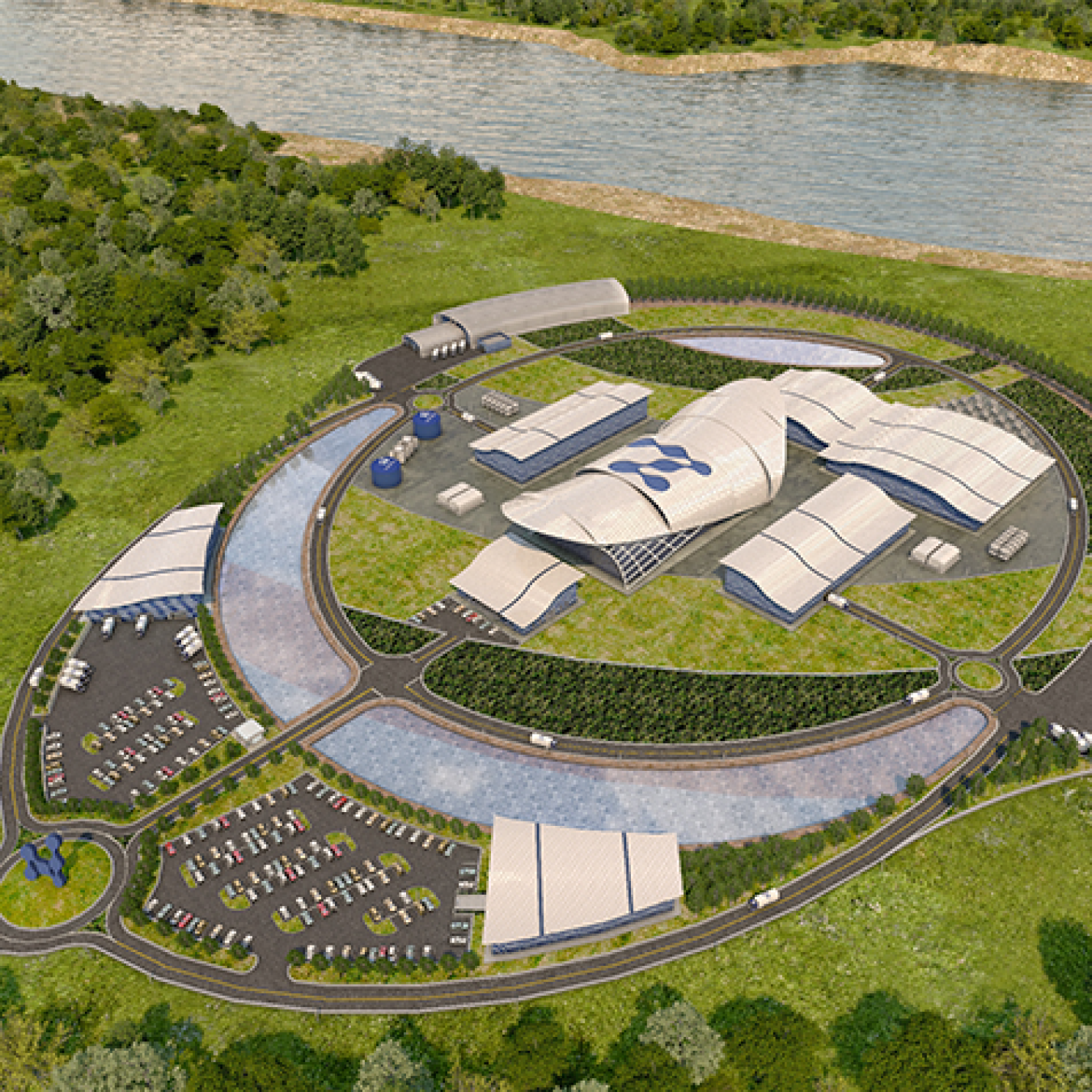
Rendering of NuScale Power power plant.
Finally, Secretary of Energy Jennifer M. Granholm highlighted several international nuclear energy partnerships in 2021, including a commercial agreement between NuScale Power and Nuclearelectrica during the COP 26 climate change conference in November. The new agreement will work toward the deployment of a NuScale small modular reactor plant at a retiring coal facility in Romania as early as 2027-2028.
The secretary also attended the Partnership for Transatlantic Energy and Climate Cooperation Conference in Poland to shed light on the United States’ 30-year cooperation with Poland to help develop its civil nuclear program and other opportunities to deploy U.S. clean energy technologies in the region.
Secretary Granholm also held her first official in-person bilateral meeting with International Atomic Energy Agency Director General Rafael Grossi in Vienna, Austria, to jointly promote the 2022 IAEA Nuclear Power Ministerial Conference which will be held in Washington, D.C., next fall.
Explore all of the nuclear energy successes in 2021 and learn more about the Office of Nuclear Energy’s work to support the existing fleet, enable the deployment of advanced reactors, and develop solutions to manage the nation’s spent nuclear fuel.

